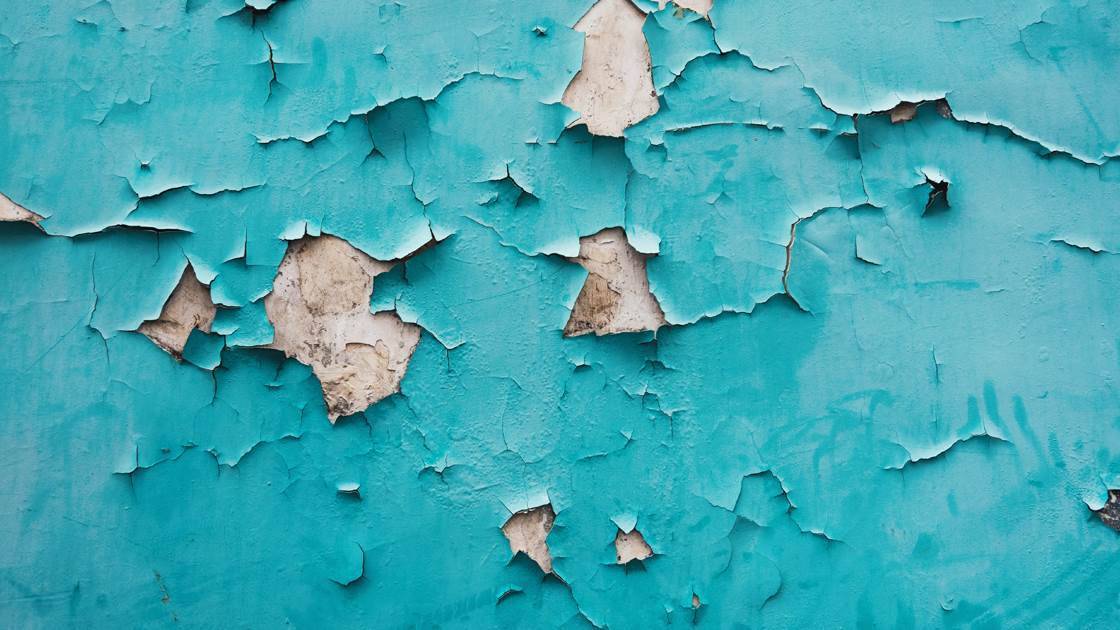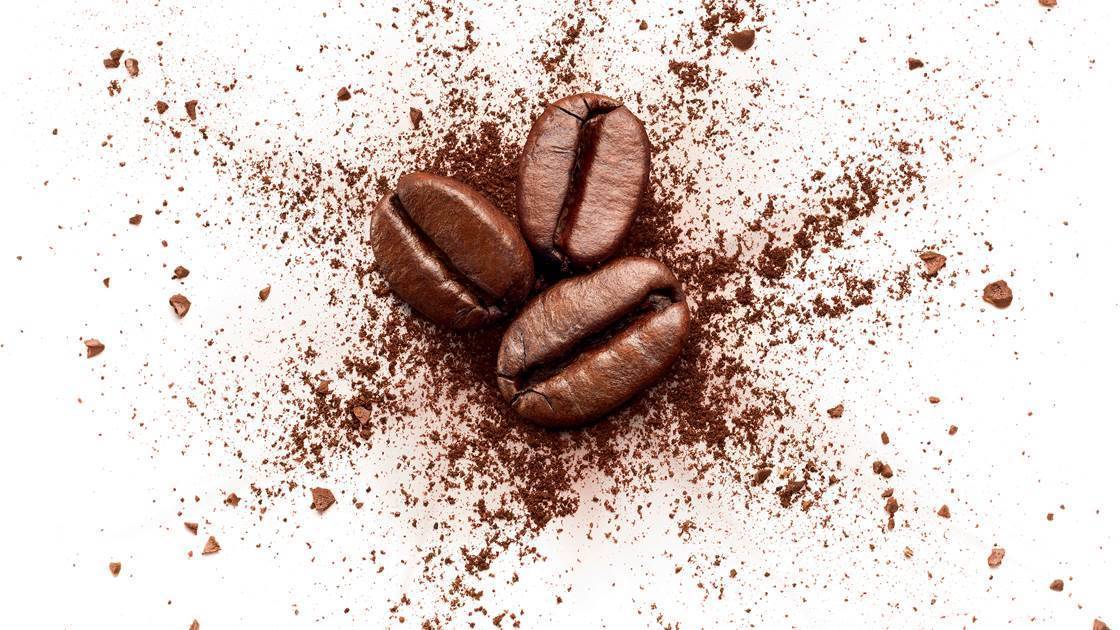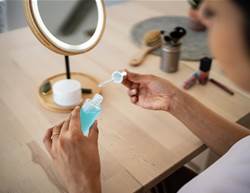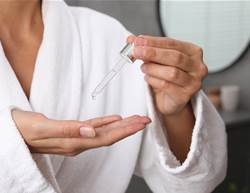With so much misinformation out there, it’s hard to tell what’s true and what’s just a bunch of buzz. We separate the facts from the fiction.







Everyone needs to apply moisturiser
TRUE
“All skin types require one, however, not always twice a day,” says dermatologist Dr Macrene Alexiades. If you’re oily, it’s wise to get your once-over in the morning with an SPF lotion. That way, you’re hydrating and protecting. At night, simply wash, pat dry... and if skin feels fine after 10 minutes, hit the bed barefaced.
Toners strip skin, causing flakes and dullness.
DON’T FALL FOR IT
Today’s toners aren’t like oldschool astringents, which are usually high in drying alcohol. Modern versions that contain humectants (check ingredients lists for glycerin, aloe vera, and essential oils) actually can hydrate your skin, says Dr Graf. (We like La Roche-Posay Serozinc Toning Mist.) They’re especially great to use premoisturiser, helping skin function like a damp sponge: Softer, hydrated skin can absorb more lotion than a hard, dry layer.
Drinking caffeine dries out your skin.
TRUE
Jolt-causing beverages like soft drinks, energy drinks, and coffee constrict your blood vessels, so less fluid flows through your skin - hence, dehydration. Typically, that means a bit more wrinkling at the sides of your eyes and a hollow look underneath them. “The eye area is thin-skinned, so effects are most visible there,” says dermatologist Ranella Hirsch. (Lips can shrivel a bit too.) As with alcohol, results are worse on an empty stomach, so if you’re a fan of Red Bull and vodka or large coffees, chow before you chug.
Pores are shrinkable.
TRUE
Those annoying little dots look large and in charge when engorged with oil. “It oxidises with the air, making pores appear darker and deeper,” says dermatologist Jeannette Graf. Sweep away the gunk and pores will look lighter and less stretched. Use a daily wash with glycolic or salicylic acid (like Paula's Choice Clear Pore Normalising Gel Cleanser), and add a gentle scrub (it has more horsepower) twice a week.
Your body needs an SPF rest to make vitamin D.
TRUE...But with serious limitations.
“Your body requires only 15 to 20 minutes of sunlight to make enough D each day,” says Dr Alexiades. And that exposure doesn’t have to come via your face. Apply SPF there to prevent sun damage (our new fave: Aveeno SPF#50 Protect+Hydrate Lotion), but leave your arms exposed. Then run your a.m. errands or walk your dog. (If you’ll be in the sun after that, apply SPF all over.) Option two: Take a vitaminD supplement. Fortified versions don’t require your body to convert them, so they work immediately.
Eating junk food does not affect your skin.
DON’T FALL FOR IT.
Derms have been playing pingpong with this topic for years, but most now agree that there is a diet/skin connection. Studies show that refined carbohydrates and sugary treats cause insulin levels to spike, cranking up oil production, says Dr Graf. Better for your complexion: lean proteins, lowglycaemic carbs, fruits, and veggies.
It takes months to see the effects of an anti-aging cream.
DON’T FALL FOR IT.
Most fine-line reducers (such as Olay Regenerist Micro Sculpting Advanced Anti-Ageing Serum) contain exfoliating ingredients, like retinol, glycolic acid, and niacinamide, which will make a difference at the four-week mark. “Your skin tone will look glowy, and lines will be less obvious,” says Dr Graf. However, it can take up to six months for more serious issues, like a deep forehead wrinkle, to look better. A speedier secret: Prescription versions of OTC ingredients (Retin-A versus a store-bought retinol) are stronger, so they drastically cut that time.










